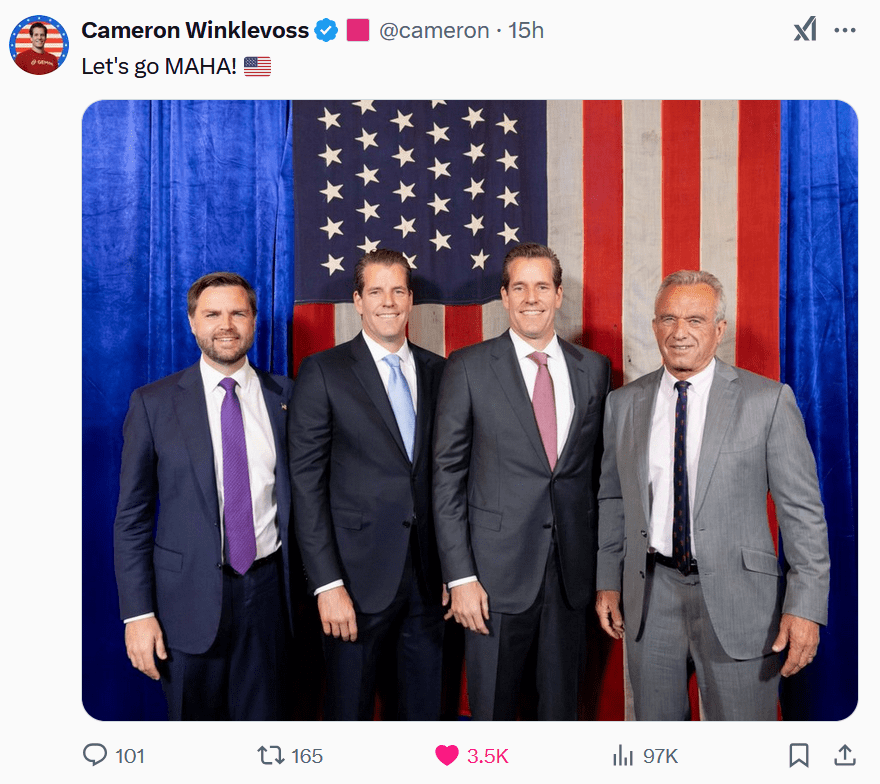Our community members are treated to special offers, promotions and adverts from us and our partners. You can check out at any time. More info
One of the most surprising elements of Manchester United’s trip to Tottenham on Sunday was Joshua Zirkzee’s performance. He might finally have secured a role in Ruben Amorim’s system.
Zirkzee has been battling with Rasmus Hojlund for the right to lead the line at Old Trafford, but he has rarely looked like a natural No.9, preferring to drop off into spaces and take up deeper positions to link with teammates.
Amorim doesn’t want that from his centre-forward, and the Dutch attacker has never looked a natural fit in that position. Hojlund has the attributes to play that role but is desperately short of form and confidence, having not scored since December 12, which has led to rotation with Zirkzee.
The injury crisis last week led to the two forwards starting together for only the second time this season. On the previous occasion, Zirkzee lasted just 33 minutes, and he was booed when he was replaced against Newcastle, his United career seemingly hanging by a thread.
He has shown character in recovering from that nightmare evening, one that left him visibly emotional as he left the pitch. At Tottenham, he produced what was probably his best performance for the club, although he should have done better with the only big chance he had, glancing a header wide in the second half.
But in the build-up play he was excellent, showing outstanding close control and nimble footwork to keep possession and manipulate space, often poking the ball either past or through the legs of unsuspecting opponents. He was a key part of United’s attack, and when they enjoyed good spells at the Tottenham Hotspur Stadium, Zirkzee was often at the heart of things.
With Amad out for the rest of the season, a space has opened up in those attacking roles behind a striker. Amorim has been reluctant to play Bruno Fernandes there because he is needed in a deeper midfield role. Although Casemiro came in at the weekend, Amoirm doesn’t trust him or Kobbie Mainoo there, and when Manuel Ugarte returns, he will partner Fernandes once more.
That leaves Mainoo and Alejandro Garnacho as the other options as No.10s. Both have played well in those positions, but Mainoo is out for a few weeks, and they won’t be able to play every game anyway. With Antony and Marcus Rashford leaving in January, United were short of attacking options even before Amad’s season ended prematurely.
Zirkee showed enough at Spurs to get another opportunity in that role, and that will likely come at Everton this weekend, with Mainoo still missing out. That means Hojlund starts again as No.9.
But if both of the striking options left to Amorim are starting games, it will open up opportunities for teenager Chido Obi. The 17-year-old has 12 goals in 12 games for the academy this season and made his professional debut in injury time at Tottenham, although he was given no time to make an impression.
He will almost certainly keep his place on the bench this weekend, and if Zirkzee and Hojlund start together again, he will be in line for another cameo as a substitute. United are keen to keep the expectations around the striker realistic, but his form at youth level since signing from Arsenal has been excellent, and injuries and a lack of activity in January have handed him this promotion.
Obi can expect more chances off the bench between now and the end of the season, and his opportunities will be greater if Zirkzee continues in this form.














